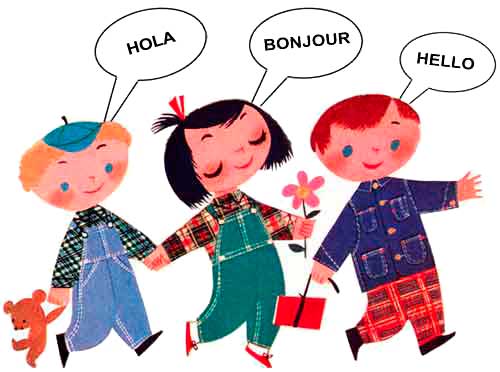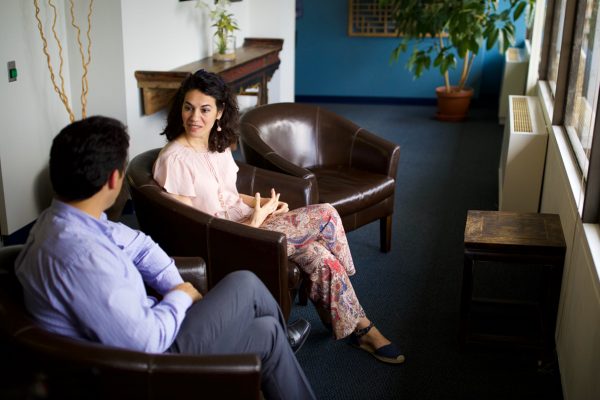When people begin to study a new language, they often say they hope to become “fluent.” Maybe they picture themselves moving easily in the streets of a foreign city, enjoying exciting new places and people. That’s good motivation, but it is worth defining the goal more concretely and realistically. Rightly understood, fluency is a valuable guide to how well a student is doing in a language program. It also shows how well the program is doing for the student.
Of course, “fluent” means “flowing,” a stream of speech not held up by fumbling for a word or getting trapped in a grammatical dead-end. Language teachers sometimes joke about students who are “terribly fluent.” These are the ones who chatter away, happily unaware that their linguistic blunders (mispronunciations, wrong word choices, fractured syntax) make talking with them a burden for native speakers. Even so, this is fluency and certainly better than being frozen by fear of making a mistake.
The goal most learners would probably like to achieve is speaking comfortably, communicating clearly without a struggle, and not rubbing people the wrong way. That still leaves the question of what a learner wants to do with the language. Whether ordering food in a restaurant, having casual conversations, or having detailed discussions about politics or culture. Each stage along the way will require deeper study and broader exposure.
Eventually, becoming fluent will mean thinking in the new language. But not the kind of thinking that involves sitting on a bench, chin propped on fist, pondering with a furrowed brow. Thinking in a language means wanting to say something and then just saying it with no conscious process of putting it into words. Like children who are normally fluent (no matter how “hard” their native language is) by around age five. And despite what some parents might think, children are never “terribly fluent.” Only foreign-language learners can achieve this, hopefully only as a passing phase.
Interested in Language Training? Learn more about our capabilities HERE.




